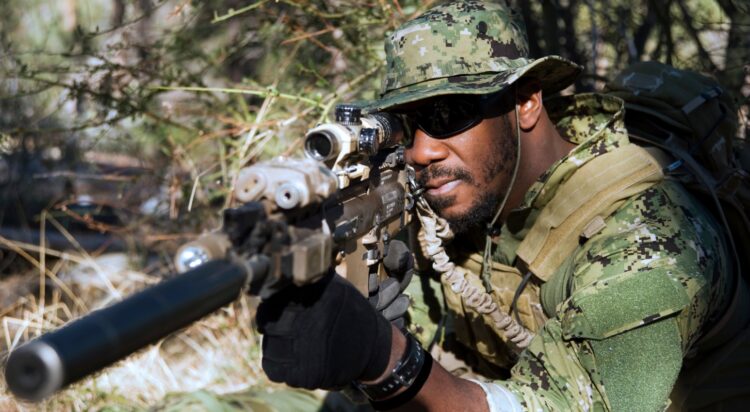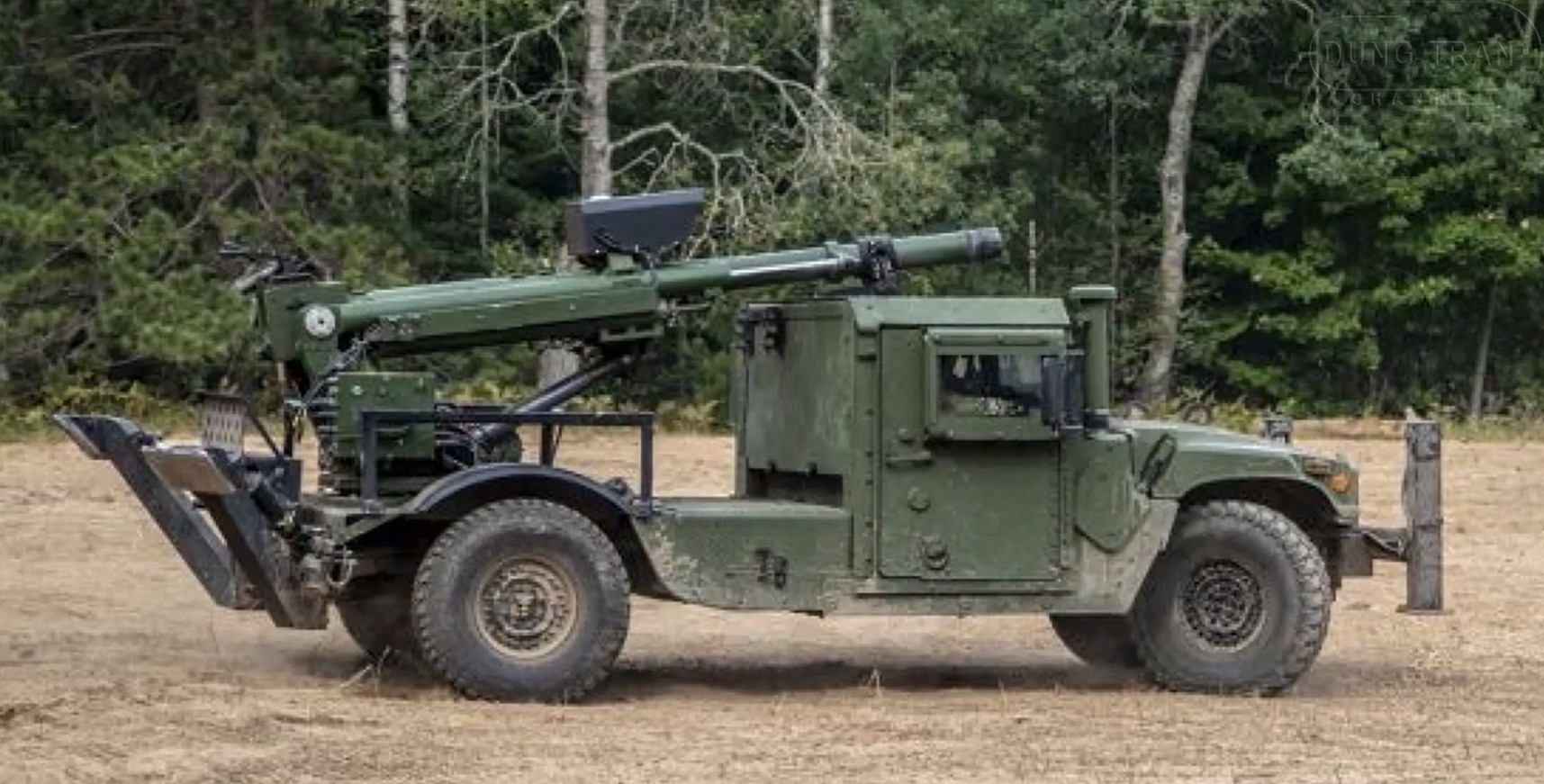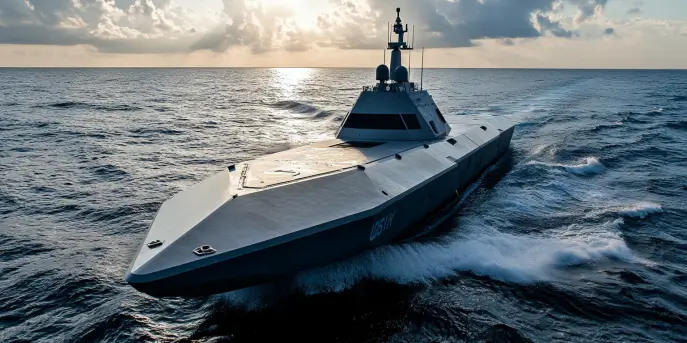The Origin of the Name “Navy SEALs”
The Navy SEALs are one of the most renowned and elite special operations forces in the world. The name “SEALs” is an acronym that stands for Sea, Air, and Land, which is a nod to the environments in which these commandos operate. From its inception, the SEALs were designed to conduct operations in these three domains, making them one of the most versatile and adaptive forces in the U.S. military.
The Importance of SEALs’ Multidomain Role
Understanding why the SEALs are named after these environments starts with recognizing the diverse range of missions they undertake. Their ability to perform specialized diving and swimming operations, participate in parachuting and aircraft operations, and engage in various land-based missions underscores their proficiency and adaptability. This unique capability ensures they can execute a broad spectrum of operations anywhere in the world, a point that has been demonstrated repeatedly throughout history.
Breaking Down the Capabilities
- Sea: SEALs are highly trained in maritime operations. They can deploy from submarines or ships and are proficient in underwater demolition, reconnaissance, and direct action in coastal environments.
- Air: They are skilled in parachuting and can be inserted into mission zones from helicopters or fixed-wing aircraft. HALO (High Altitude Low Opening) and HAHO (High Altitude High Opening) jumps are part of their repertoire.
- Land: SEALs are expert ground fighters and are adept at various forms of warfare, from urban combat to jungle and desert warfare. Their capability includes tactical assaults, counterterrorism, and rescue operations.
Historical Development of the SEALs
The Navy SEALs were formally established in 1962 by President John F. Kennedy, who recognized the need for unconventional warfare capabilities during the Cold War. However, their origins can be traced back to World War II, with units such as the Underwater Demolition Teams (UDTs) and Naval Combat Demolition Units (NCDUs). These precursor units specialized in clearing obstacles for amphibious landings, paving the way for the SEALs’ multidomain operations.
Notable Operations and Contributions
Throughout history, Navy SEALs have been involved in numerous high-profile missions that have defined their legacy. From the daring rescue of Captain Phillips from Somali pirates to the operation that led to the dispatch of Osama bin Laden, SEALs have consistently demonstrated their capability and adaptability. They have also been active in conflicts ranging from Vietnam to the Global War on Terror, illustrating their ongoing strategic importance.
Famous Operations Conducted by SEALs
| Operation | Year | Description |
|---|---|---|
| Operation Neptune Spear | 2011 | The mission to eliminate Osama bin Laden in Pakistan, showcasing precision and intelligence coordination. |
| Operation Red Wings | 2005 | Known from the book and movie “Lone Survivor,” it was a counter-insurgent mission in Afghanistan. |
| Rescue of Captain Phillips | 2009 | Quick and decisive action to rescue an American cargo ship captain from Somali pirates. |
The Future of the Navy SEALs
As the nature of global conflicts evolves, so too do the roles and capabilities of the Navy SEALs. While traditional land and amphibious operations will continue to be a focus, technological advancements such as cyber warfare and drone technology are becoming increasingly important in modern warfare. The SEALs are adapting by incorporating these new technologies into their tactics and training, further ensuring their relevancy and effectiveness in future operations.
The SEALs remain a symbol of excellence and dedication. Their commitment to adapting to new challenges while maintaining readiness for any environment is what makes them such an integral part of the U.S. Armed Forces.









